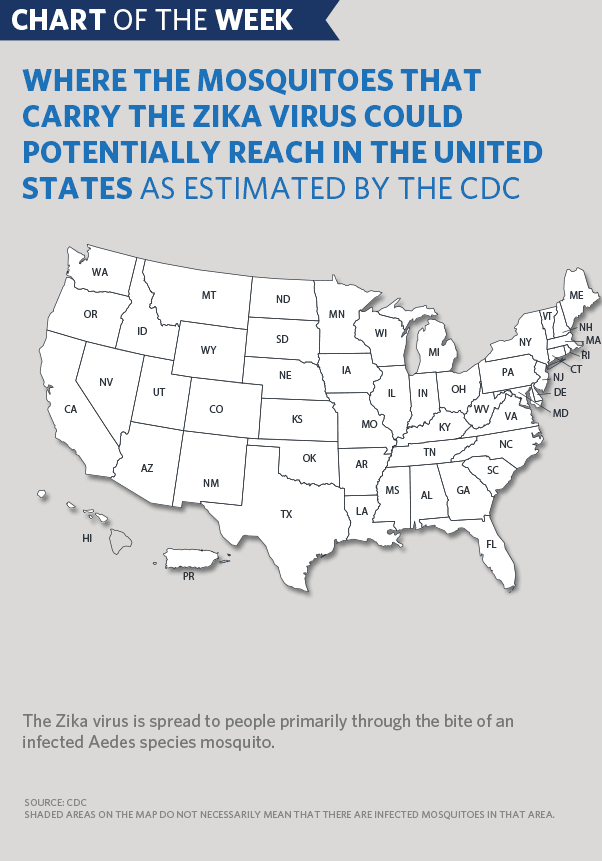
For months now, Americans who have been traveling or reading news reports have heard about the risk posed by the Zika virus, particularly those posed to pregnant women. In early January, President Obama convened his top advisors to formulate a proactive response to this epidemic -- including working closely with state and local elected officials, non-profits, health experts, and disease experts -- to contain and prevent the spread of the virus.
In February, he asked Congress to support these efforts by providing $1.9 billion in emergency funding to combat Zika by supporting mosquito control, disease detection and testing, vaccine development, and support for maternal women's health.
And since the President made that request, we've learned more concerning facts about this disease:
- Sexual transmission of the virus is more common than initially believed
- The impact on fetal brain development is likely starker and more serious than first understood
- In the U.S., the geographical range of the particular mosquito that transmits Zika far exceeds our initial estimation
The Center for Disease Control has laid out an estimated range of the mosquitos that carry this disease in the United States this year. And while this map is not meant to represent risk for spread of the Zika virus, it shows where people may come into contact with the kinds of mosquitos that could be carrying this disease.

We find ourselves in a rare moment where we have advance warning on a disease, and the likely birth defects that are associated with it, will be arriving in the U.S. Governors, state and local leaders are already working with us to get ahead of this threat.
However, Congress continues to do nothing about the emergency funding. Because we cannot continue to fund a robust response to this disease without adequate resources, particularly for our partners in state and local government who will bear much of this burden, we are re-programming nearly $600 million of existing funds to address Ebola to help support our Zika response.
This is not nearly enough to protect us from the significant threat posed by Zika. It’s a temporary fix, and not a long-term solution.
As our Director of Management and Budget Shaun Donovan said this morning:
“Without the full amount of requested emergency supplemental funding, many activities that need to start now would have to be delayed, or curtailed or stopped, within months. For example, without supplemental funding, testing and manufacturing of vaccine candidates beyond the earliest stages of clinical trials would not be possible. In addition, lack of supplemental funding would prevent us from developing platform technologies for vaccine candidates for this Zika response and from accelerating the response to emerging infectious diseases in the future.
Absent supplemental funding, we will need to delay contracting with manufacturers for the development of faster and more accurate diagnostic tests, which are needed to ensure that those who think they have been exposed to Zika can get tested. In particular, there is a critical need for point-of-care diagnostics that are faster and do not require laboratory capacity. Similarly, starting mosquito surveillance and control activities now, prior to the summer months which are peak season for mosquitoes, and prior to the start of the rainy season in Central America and the Caribbean, is prudent.”
As it gets warmer, the reach of these mosquitos will increase, and the need for a robust response will be more and more urgent. We have the opportunity to do get ahead of this epidemic, but Congress needs to do its part.


